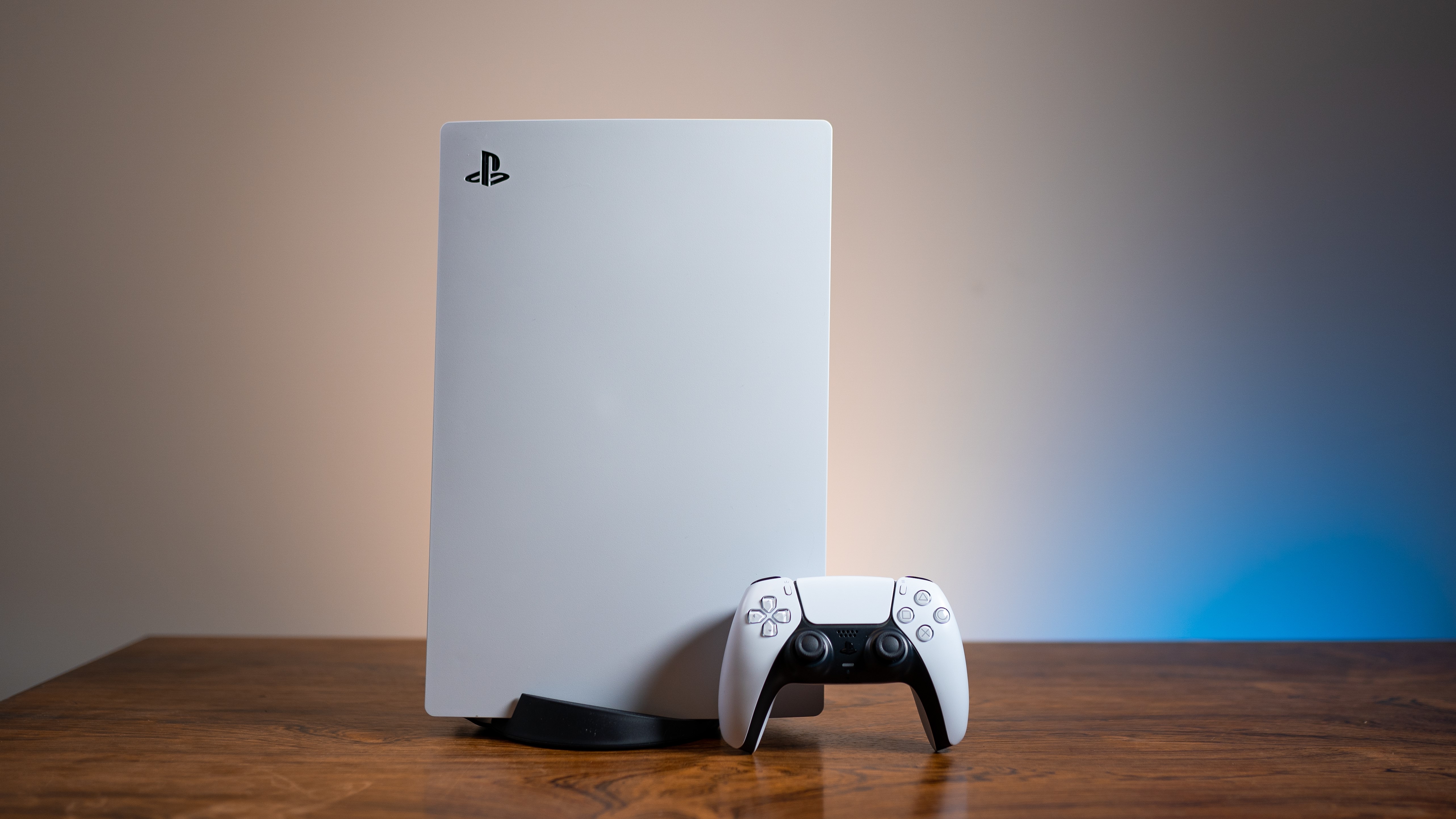This is why your new PS5 is 300g lighter – and it’s not good
The secret of PS5’s surprising weight loss revealed.

Last week, a new model of the PlayStation 5 went on sale in a handful of select markets with the only visible difference being somewhat underwhelming: the stand screw could now be tightened or loosened by hand, rather than needing a screwdriver.
But this change didn’t explain the not insubstantial 300g weight difference between the two PS5 units. That may not sound like a lot, but means that the new revision is around 4.5% lighter than the original hardware, which isn’t insignificant.
- These are the best PS5 games you can get right now
- Where to buy PS5: All the latest stock updates
- PLUS: How to watch the Novak Djokovic vs Holger Rune live stream
Now we have a better idea of how Sony has achieved this thanks to a new video from YouTuber Austin Evans, who paid an exorbitant amount to ship a new PS5 Digital Edition (model number: CFI-1100B) overnight from Japan to California for comparison with a US launch model (CFI-1015B).
It turns out the weight difference is down to the cooling system involved. And, as the provocative name of the video suggests (“The New PS5 is Worse”), there are reasons to be pleased if you’re an early adopter.
In short, the new PS5 uses a smaller heatsink. A much smaller heatsink:

“God, I’ve got like half the heatsink,” Evans exclaims, somewhat taken aback. “There is no scenario that this is good,” he adds.
A little more disassembly, and the two heatsinks are weighed. Sure enough, this is the source of the 300g discrepancy.
Sign up to get the BEST of Tom's Guide direct to your inbox.
Get instant access to breaking news, the hottest reviews, great deals and helpful tips.
So how does this actually affect performance? Well, earlier in the video Evans had already got some data on that by connecting the two PS5s and leaving them idling with the bundled Astro’s Playroom. As you might imagine, a smaller heatsink leads to hotter temperatures, with the newer model “running pretty consistently 3-5 degrees warmer,” according to a Seek thermal camera.
“That might not seem exciting, but that is actually enough to cause some difference in either the performance or the longevity of the console,” Evans explains.
There is a slight upside: the new PS5 runs slightly quieter: 42.1db to 43.5db, according to a sound meter. But even that’s not much of a positive: “I can tell you very confidently that if you’re more than a few feet away from either of these, this one might technically be a little bit quieter, [but] it’s not something you’re going to notice.”
It appears, then, that the purpose of the new revision is to reduce Sony’s building and shipping costs, which makes sense given the company recently stated that it is no longer making a loss on its consoles.
While it’s clearly not a good thing that the new consoles run a bit hotter, ultimately this shouldn’t impact you too much if you’re still in the hunt for PS5 stock. But it does give early adopters one more reason to be pleased with themselves.
- More: PS5 vs. Xbox Series X
Freelance contributor Alan has been writing about tech for over a decade, covering phones, drones and everything in between. Previously Deputy Editor of tech site Alphr, his words are found all over the web and in the occasional magazine too. When not weighing up the pros and cons of the latest smartwatch, you'll probably find him tackling his ever-growing games backlog. Or, more likely, playing Spelunky for the millionth time.
-
russell_john To me what is most notable is they removed the copper cold plate and that indicates pure cost cutting measures or what I like to call "Beancounter Engineering" .... I never really liked the idea of a massive amount of liquid metal because it it breaks through containment it's either going to burn up or short out the PCB ..... If even 5% have problems in 2-3 years of use it's going to be millionsReply
All so Sony could ramp up the GPU clock instead of just adding more GPU cores like Microsoft did .... In the long run they aren't saving a cent because they needed a radical and expensive cooling design ..... What I'd like to see is benchmarks because I bet they lowered the boost clock speeds and voltages so as not to burn them up with the smaller heatsink


